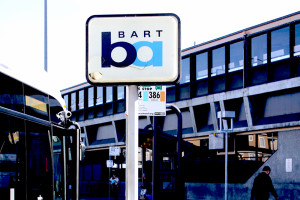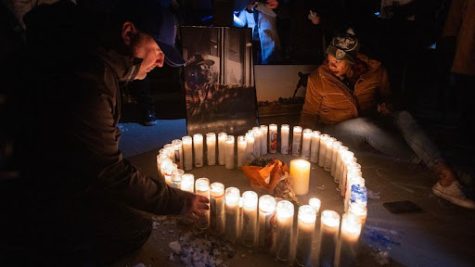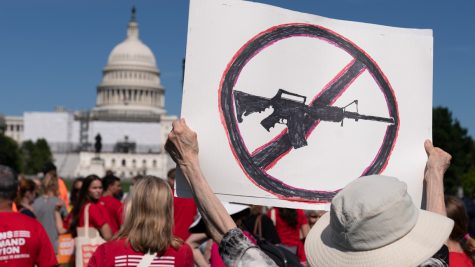BART Worker Safety Claims Lack Factual Basis, Statistics Show
 In stark contrast to statements concerning worker safety made by BART unions during the strike, data released by BART records show only five worker fatalities since the transit system’s inception in 1972.
In stark contrast to statements concerning worker safety made by BART unions during the strike, data released by BART records show only five worker fatalities since the transit system’s inception in 1972.
In an open letter released by BART union SEIU Local 1021, the union cites the issue of worker safety in the BART system as being an important part of the labor negotiations that led to a strike on July 1.
“We have tried for months to work with BART’s high-paid negotiators to address critical safety issues in the system,” the letter states. “Workers have died because of the current lighting situation, but BART refuses to address this issue at the bargaining table.”
However, BART spokesperson Jim Allison tells a different story. Out of the five deaths that have occurred in the train system, only one of them happened inside of a tunnel. The other four happened in broad daylight, Allison said.
A train inside a lit tunnel struck electrician Robert Rhodes on Jan. 12, 2001.
Rhodes was working inside the tunnel between 16th and 24th Street Stations when the train hit him.
Allison said the train and equipment on the track was functioning normally at the time of the incident.
“A sight distance survey showed that there was ample opportunity for the crew to visually detect the approaching train and to move to a place of safety,” Allison said.
The last death to occur was James Strickland, who was doing outdoor track maintenance when he was struck by a train in 2008 on the Concord line, Allison said.
“There was a trackside crew that was out working, and unfortunately the worker had his back to an approaching train and was struck and killed,” said Allison.
Strickland’s death set off an investigation into BART safety practices. Maintenance crews are not warned of irregularities in the train system, such as incoming and outgoing trains being assigned to the same track. Under normal circumstances, the train should have been headed toward Strickland and not from behind him, BART spokesperson Linton Johnson told The Chronicle when the incident occurred.
Allison added that while some of the tunnels have less lighting than newer ones, BART has set aside $4.5 million to retrofit all of the lighting fixtures in the system. The program was started this year and will take three years to complete.
He stated that he did not think it was fair for the unions to claim that the lighting situation was a significant issue. Burned out bulbs are routinely replaced in the tunnel every two months, he said. Every quarter BART conducts trainings in the tunnels with first-responders and “those responders have never raised an issue about lighting conditions.”
BART employees are forbidden from speaking to the press unless they get permission from their supervisor, a BART employee told The Pioneer, who could not share their name for safety reasons. In spite of repeated attempts, none of the unions involved with the strike could be reached for comment.
BART’s three labor unions threatened to resume the strike if negotiations fail before the contract expires on August 4.


















